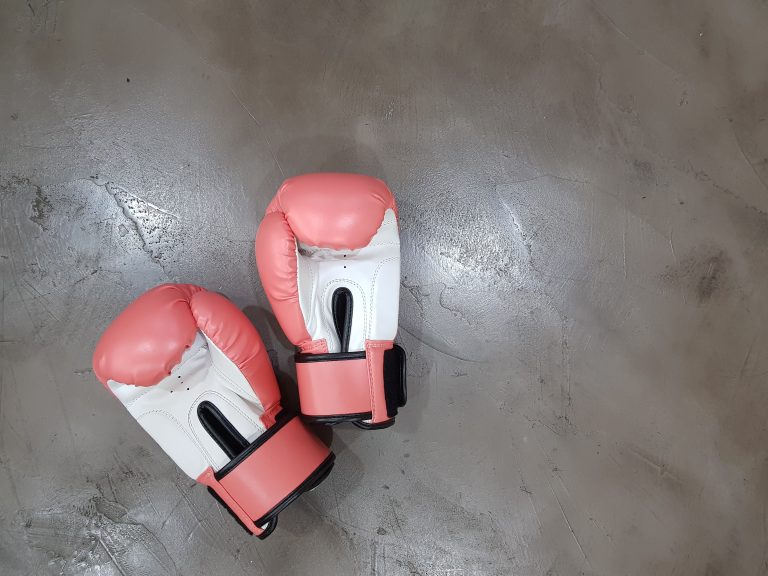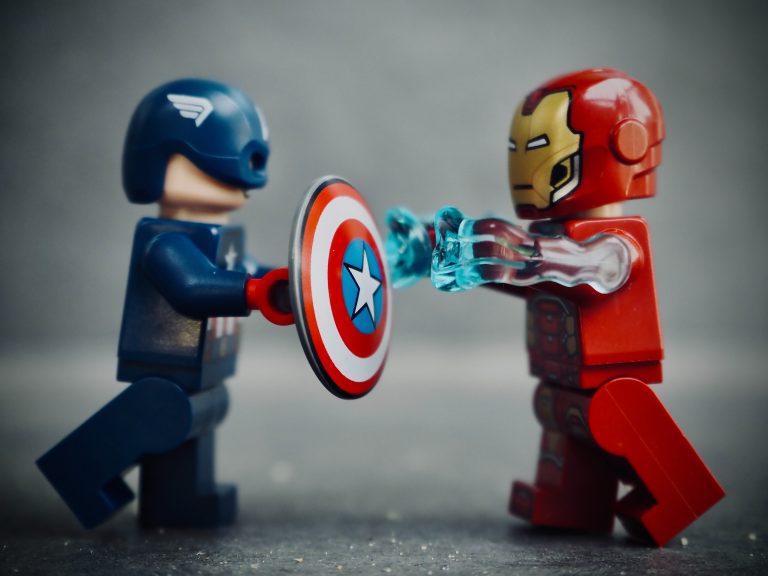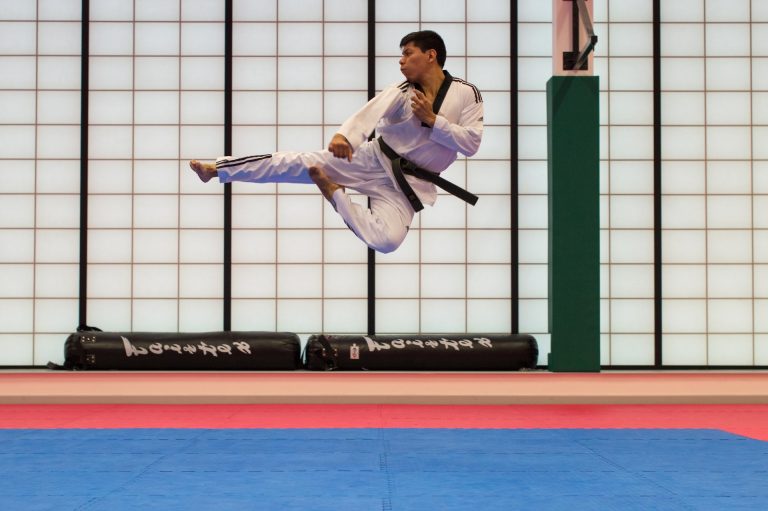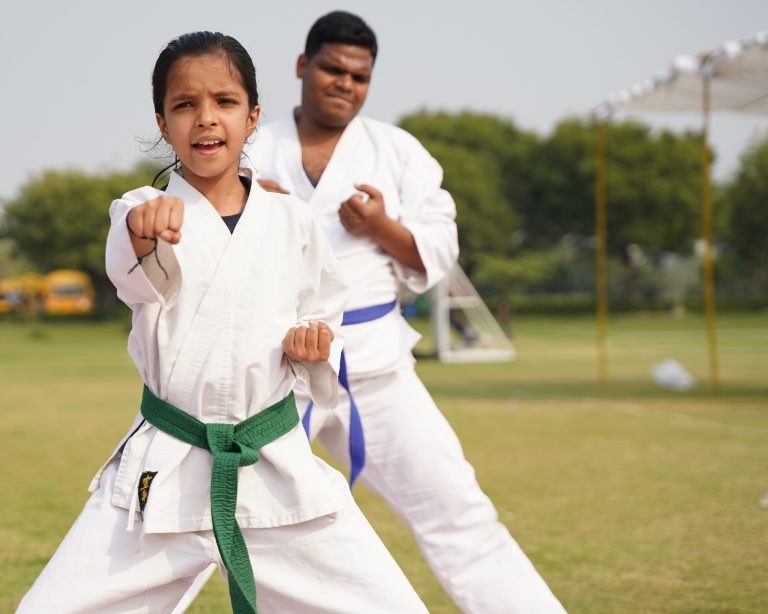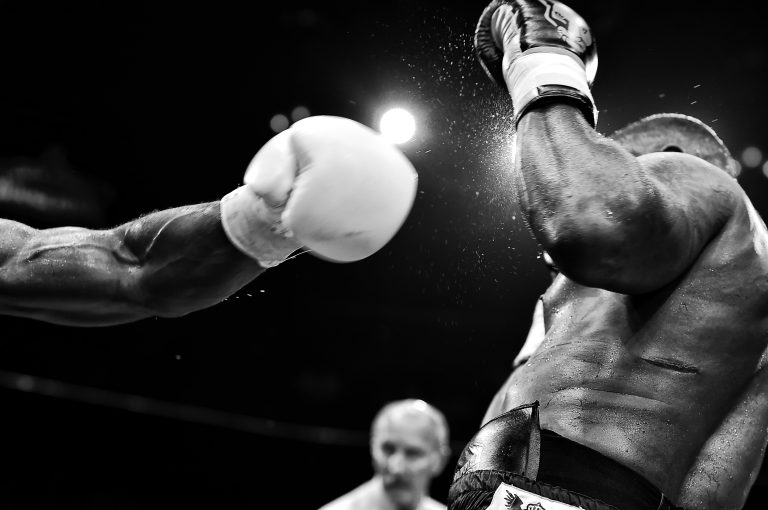What Does Karate Translate to in English?
Karate is a martial art that originated in Okinawa, Japan, and is now practiced all over the world. The word ‚karate‘ is derived from the Japanese term ‚空手‘ (karate), which means ‚empty hand‘ in English. In this blog post, we will explore the meaning of the word ‚karate‘ and its significance in this popular martial art.
The Origins of Karate
Karate has a long and fascinating history, which dates back more than 1,000 years. Its origins are rooted in the Ryukyu Islands, which is now the modern-day Okinawa, Japan. At this time, it was a form of self-defense used by the peasants against bandits and other threats. As time passed, karate evolved into a more formalized practice, with various martial arts schools developing their own styles and techniques.
The Meaning of Karate
The term ‚karate‘ consists of two kanji characters: ‚空‘ (kara) and ‚手‘ (te). The character ‚空‘ means ‚empty,‘ while the character ‚手‘ means ‚hand.‘ So, when combined, these characters represent the practice of unarmed combat or fighting with an ‚empty hand.‘
In karate, the term ‚empty hand‘ means that the practitioner is unarmed and relying solely on their body for defense and offense. This style of combat involves using a wide range of techniques, including strikes, kicks, blocks, and grappling, to overcome an opponent. It emphasizes speed, agility, and precision, as well as the use of the mind to focus and maintain composure during combat.
The Significance of Karate in Modern Society
Today, karate is widely practiced throughout the world as a form of self-defense, as well as a competitive sport. It is also embraced by many people as a way of maintaining physical fitness, building self-confidence, and promoting mental and emotional well-being.
One of the unique features of karate is that it is not just about physical training; it also involves the development of character and the cultivation of inner qualities such as patience, self-discipline, and respect for others. These values are taught through the practice of kata, which is a series of pre-arranged movements that simulate real-life combat scenarios.
The Different Styles of Karate
Over time, various schools of karate have emerged, each with its own distinctive style and approach to training. Some of the most popular styles of karate include:
Shotokan Karate
Shotokan karate is one of the most popular styles of karate in the world. It was founded by Gichin Funakoshi in the early 20th century and emphasizes strong stances, powerful strikes, and fluid movement.
Goju Ryu Karate
Goju Ryu karate is another popular style of karate, which was founded by Chojun Miyagi in the early part of the 20th century. It is known for its circular movements, quick transitions, and the use of both hard and soft techniques.
Shito Ryu Karate
Shito Ryu karate is a hybrid style of karate, which combines elements of both Shotokan and Goju Ryu karate. It was founded by Kenwa Mabuni in the 1920s and focuses on a balance between power and speed.
What Does Karate Translate to in English?
Introduction
Karate is a martial art that originated in Okinawa, Japan, and has become one of the most popular martial arts in the world. Karate has gained worldwide recognition not only as a sport but also as a form of self-defense. Often, people wonder what Karate translates to in English. It is a common question that arises in the minds of people who are passionate about Karate, those who intend to learn it or those who are just curious. In this blog post, we will answer this question and provide you with some more information about Karate.
What’s the Meaning of the Word „Karate“ in English?
Karate is a Japanese word that can be broken down into two parts. The first part, „kara“ (空), means „empty,“ while the second part, „te“ (手), means „hand.“ Hence, Karate can be translated to „empty hand.“ Thus, Karate does not include weapons, but it is much more than a mere technique – it is a philosophy and a way of life.
What is Karate?
Karate is a martial art that involves using punches, kicks, knee strikes, elbow strikes, and open-hand techniques such as chops and spearhands. Karate is also about discipline, focus, and self-awareness. It is one of the most popular martial arts in the world, and it can be practiced by anyone, regardless of their age or gender.
Karate can be divided into three main categories: Kumite or „sparring,“ Kata or „forms,“ and Kihon or „basic techniques.“ Kumite, or sparring, is the practice of fighting with a partner. Kata, or forms, involve practicing a series of moves against an imaginary opponent. Kihon, or basic techniques, are the foundation of Karate and involve practicing strikes, kicks, and blocks.
What are the Benefits of Practicing Karate?
Karate offers many benefits to those who practice it regularly. The most obvious benefit is self-defense. Someone who knows Karate is less likely to be a victim of violence or assault because they know how to protect themselves. However, Karate also offers many other benefits, such as:
– Improved physical fitness and health
– Increased confidence and self-esteem
– Increased discipline and focus
– Improved concentration and mental clarity
– Positive attitude and increased happiness
– Improved social skills and networking
Who Can Practice Karate?
Anyone can practice Karate, regardless of age, gender, or physical ability. Karate is a versatile form of martial art that can be adapted to suit the needs of the individual. Even people with disabilities or health conditions, like arthritis or back pain, can practice Karate. It is essential to seek medical advice before starting any physical activity or martial art practice, especially if you have a pre-existing condition.
What Does Karate Translate to in English?
Karate is a widely popular martial art that originated in Okinawa, Japan. It is a form of self-defense that focuses on using striking techniques such as punches, kicks, and knee strikes. The word „karate“ is derived from two Japanese characters: „kara,“ meaning „empty,“ and „te,“ meaning „hand.“ Therefore, karate can be translated to „empty hand“ in English.
Karate is often practiced in a dojo or training hall, where students learn various techniques and improve their physical strength, flexibility, and overall fitness levels. In this blog post, we will discuss the meaning of karate, its history, and how it came to be known as one of the most popular martial arts in the world.
The History of Karate
Karate is believed to have originated in Okinawa, Japan, during the Ryukyu Dynasty (c. 1400–1600 CE). It was initially referred to as „Tode,“ which means „China hand,“ as many of the techniques used in karate were adapted from Chinese martial arts.
During the Meiji period in Japan (1868–1912), karate was introduced to the Japanese public by Gichin Funakoshi, who is widely considered to be the father of modern karate. Funakoshi’s efforts led to the establishment of the first karate dojo in Japan, in which he taught a hybrid of Okinawan and Japanese martial arts.
Over time, karate gained immense popularity and was eventually recognized as an international sport. Today, millions of people around the world practice karate for its physical and mental benefits.
The Basic Techniques of Karate
Karate involves a wide range of techniques, including strikes, blocks, kicks, and throws. Here are some of the most basic techniques in karate:
Punches
– Straight punch: This is a linear punch that involves extending the arm straight out and hitting the target with the first two knuckles of the hand.
– Uppercut: This is a punch that is thrown upward and aims to hit the target under the chin.
Kicks
– Front kick: This is a kick that is delivered straight ahead, hitting the target with the foot.
– Roundhouse kick: This is a circular kick that targets the side of the body or head.
Blocks
– High block: This involves using the arm to defend against a high attack, such as a punch or kick to the head.
– Low block: This involves using the arm to defend against a low attack, such as a kick to the leg.
Throws
– Hip throw: This involves using body weight and momentum to throw an opponent over your hip and onto the ground.
The Benefits of Practicing Karate
Karate offers a wide range of physical and mental benefits, including:
Physical Benefits
– Improved strength and flexibility: Karate involves a lot of physical training, which can help improve your strength and flexibility.
– Cardiovascular fitness: Karate requires a lot of movement and can help improve your cardiovascular fitness levels.
– Weight loss: Karate can also help you lose weight and maintain a healthy body composition.
– Improved balance and coordination: Karate involves a lot of movement and can help improve your balance and coordination.
Mental Benefits
– Improved confidence and self-esteem: Karate can help boost your confidence and self-esteem as you learn new techniques and improve your skills.
– Stress relief: Karate requires a lot of focus and concentration, which can help relieve stress and anxiety.
– Improved discipline: Karate requires a lot of discipline and can help instill these values in practitioners.
– Improved focus and concentration: Karate requires a lot of focus and concentration, which can help improve your mental clarity and focus.
Conclusion
Karate is a martial art that originated in Japan and is widely practiced around the world. It offers a wide range of physical and mental benefits and is an excellent form of self-defense. The meaning of the word „karate“ is „empty hand,“ which refers to the use of striking techniques without the use of weapons. Whether you’re looking to improve your physical fitness, mental wellbeing, or self-defense skills, karate is an excellent choice that you should consider.
Inhaltsverzeichnis

